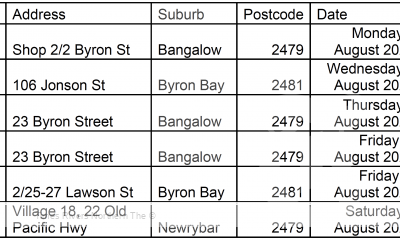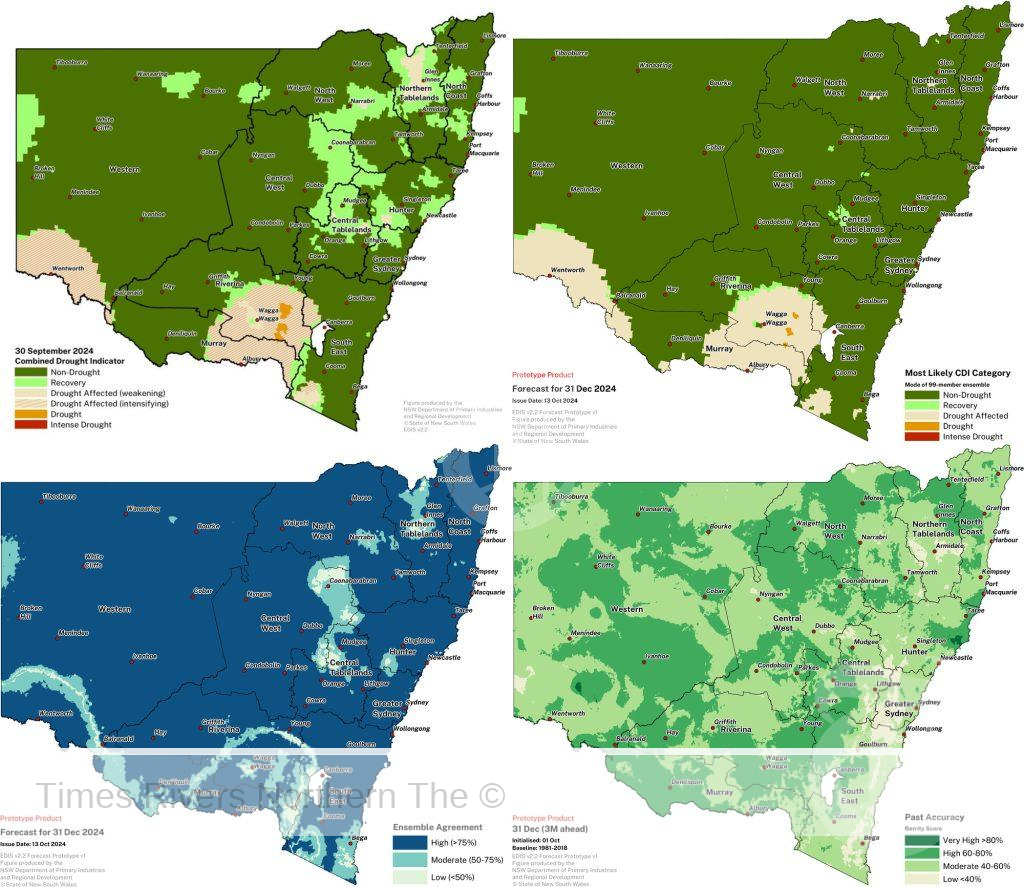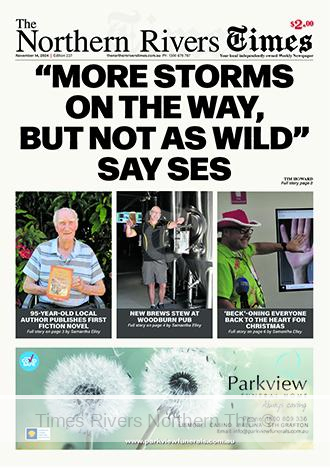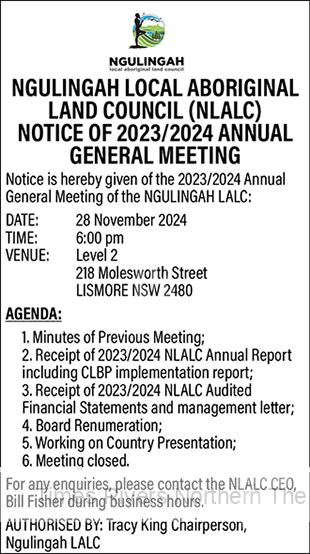Harwood monsters Tucabia with bat and ball
By Tim Howard
It’s doubtful anyone involved in Clarence Valley cricket has seen a team as brutally dismantled as were Tucabia Copmanhurst at the hands of Harwood on Saturday.
In a few balls over 53 overs Harwood Oval witnessed a torture session as the home side eviscerated the Tucabia bowling attack, scoring 7dec/343.
With the ball Harwood strapped the Tucabia batting lineup to the rack and turned the screws to have them 7/27 at stumps.
The star of the innings was first drop Coby Tabor, who scored his second century of the season, smashing 153 from 94 balls – that’s a strike rate of 162.75 – with 19 fours and five sixes.
Tabor was not the only one to tee off.
Skipper Ben McMahon pounded 42 from 29 balls and Josh Lane went better than a run a ball with 35 from 29.
Second top score was opening bat Maison Simmons, whose 62 came from a relatively sedate 101 deliveries, with eight boundaries.
Bizarrely century maker from the previous game, Troy Turner, fell for a golden duck, bowled by Matt Pigg on the last ball of the innings.
To be fair, Tucabia’s attack was threadbare with veteran speedster Brad Chard and exciting newcomer Myles Adamson both absent for day one.
But Harwood were ruthless exploiting that advantage and only one of the eight bowlers tried went for less than a run a ball.
Tim Bultitude’s canny finger spinners fared best, taking 3/67 from 15 overs and Matt Pigg took 2/38 from 4.4 overs with his wickets coming from final two balls of the innings.
Harwood skipper Ben McMahon’s declaration denied him a shot at a hat trick and given the scores, it’s unlikely he’ll get one next week.
Harwood’s bowlers were as ruthless as their batters.
In just 16.2 overs they routed the Tucabia line up with leg spinner Jacob McMahon gutting the middle order.
Brought on close to stumps he snared 3/1 in 2.2 overs and his brother Ben picked up two as Tucabia lost five wickets in a chaotic end to the day’s play that included three ducks.
Only Pigg, 10, reached double figures. Veteran Derek Woods is not out on 2, having faced 28 balls – the most of any Tucabia batter.

GDSC opening bowler Shannon Connor put in a marathon spell for his team at Lower Fisher Turf, Grafton, but it could not stop his team conceding first innings points on day 1 of the game.
Ellem Oval. Grafton, hosted a more typical day of first grade cricket with visitors Lawrence batting for most of the day to score 180 against a determined Coutts Crossing attack.
The visitors batted for 68.1 overs for their runs in the face of tight bowling.
No.4 Doug Harris was the best for Lawrence with 43 and skipper Nathan Ensbey, making a rare return to the opening spot, was next best with 41.
A couple of cameo 20s from Chris Townson, 21 and Nathan Williams, 23, helped Lawrence to a competitive, but not commanding total.
Dylan Lucas was easily the pick of the Coutts’ bowlers, taking 4/26 from 15 frugal overs.
Fellow opening bowler Hayden Woods was also handy, snaring 3/22 from the same number of over.
Andrew McLachlan got a couple and Jamie Firth finished with a 100% record, taking a wicket with the only ball he bowled.
Coutts weathered a nasty couple of overs to finish at 0/9.
Competition leaders Souths/Westlawn have dominated the first day of its game with GDSC Easts at Lower Fisher Turf in Grafton to secure first innings points.
South/Westlawn welcomed opening bowler Adrian Boyd back to the crease and he responded in devastating fashion, taking 5/22 in 13 overs.
Another newcomer, Scott Avard, picked up 3/18 and Dylan Cleaver took 2/8.
Shannon Connor’s 19 was the best of a dismal Easts’ effort where extras with 13, was the next best score in a total of 74.
Souths/Westlawn marched to first innings points in emphatic fashion.
Openers, Cleaver 36, and Brenden Cotten, 31, piled on a 53-run opening stand.
The second wicket, Brendan Dunn, 10, fell just three short of taking first innings points.
Cotten was third out with the score on 103 and the fourth wicket fell at 142 when Eli Jones was run out for 17.
Pigg and Forwell will be back at the crease on Saturday with the scoreline reading 4/152.
Top score for the innings, Joe Pigg, is 49no and Max Forwell will resume on 2no as Souths/Westlawn hunt for outright points next week.
For more local news, click here.





 Tweed Shire News2 years ago
Tweed Shire News2 years ago
 Motoring News2 years ago
Motoring News2 years ago
 COVID-19 Northern Rivers News3 years ago
COVID-19 Northern Rivers News3 years ago
 COVID-19 Northern Rivers News3 years ago
COVID-19 Northern Rivers News3 years ago
 Northern Rivers Local News3 years ago
Northern Rivers Local News3 years ago
 Health News3 years ago
Health News3 years ago
 COVID-19 Northern Rivers News3 years ago
COVID-19 Northern Rivers News3 years ago
 NSW Breaking News3 years ago
NSW Breaking News3 years ago
































